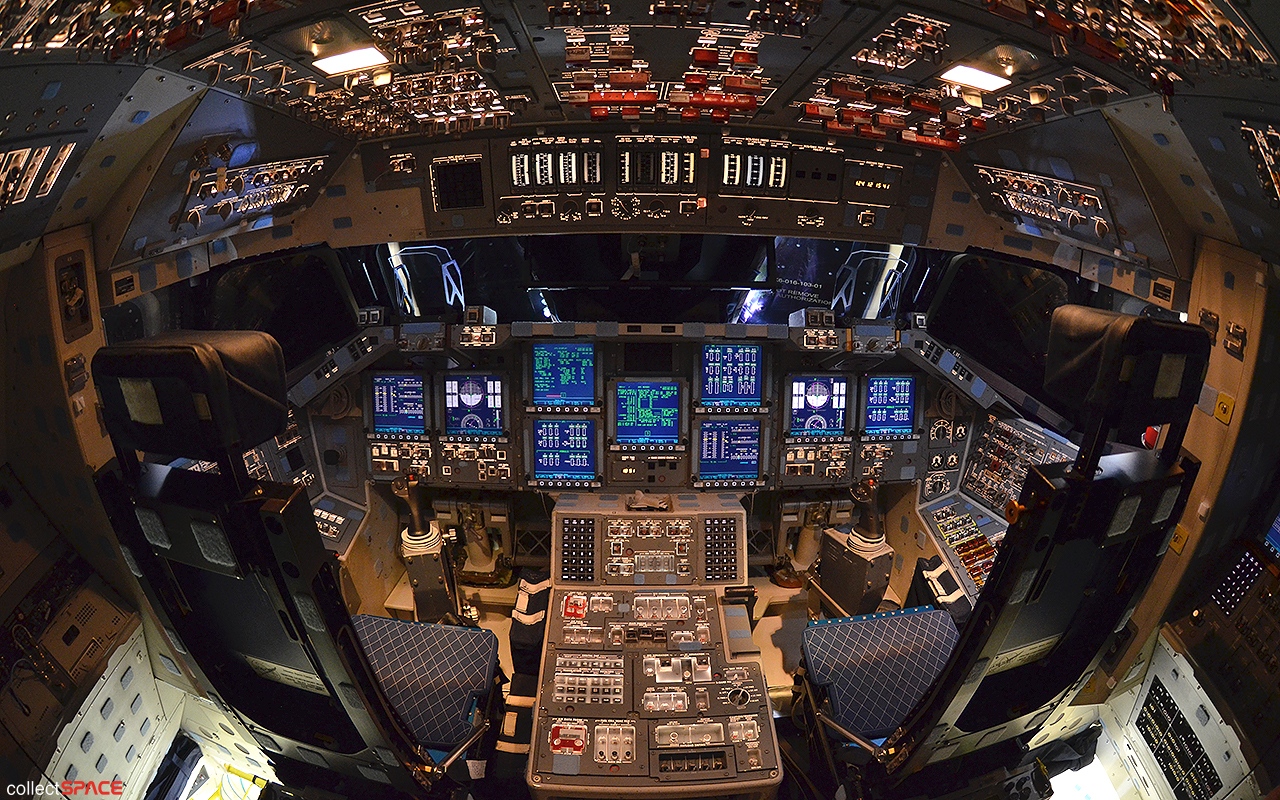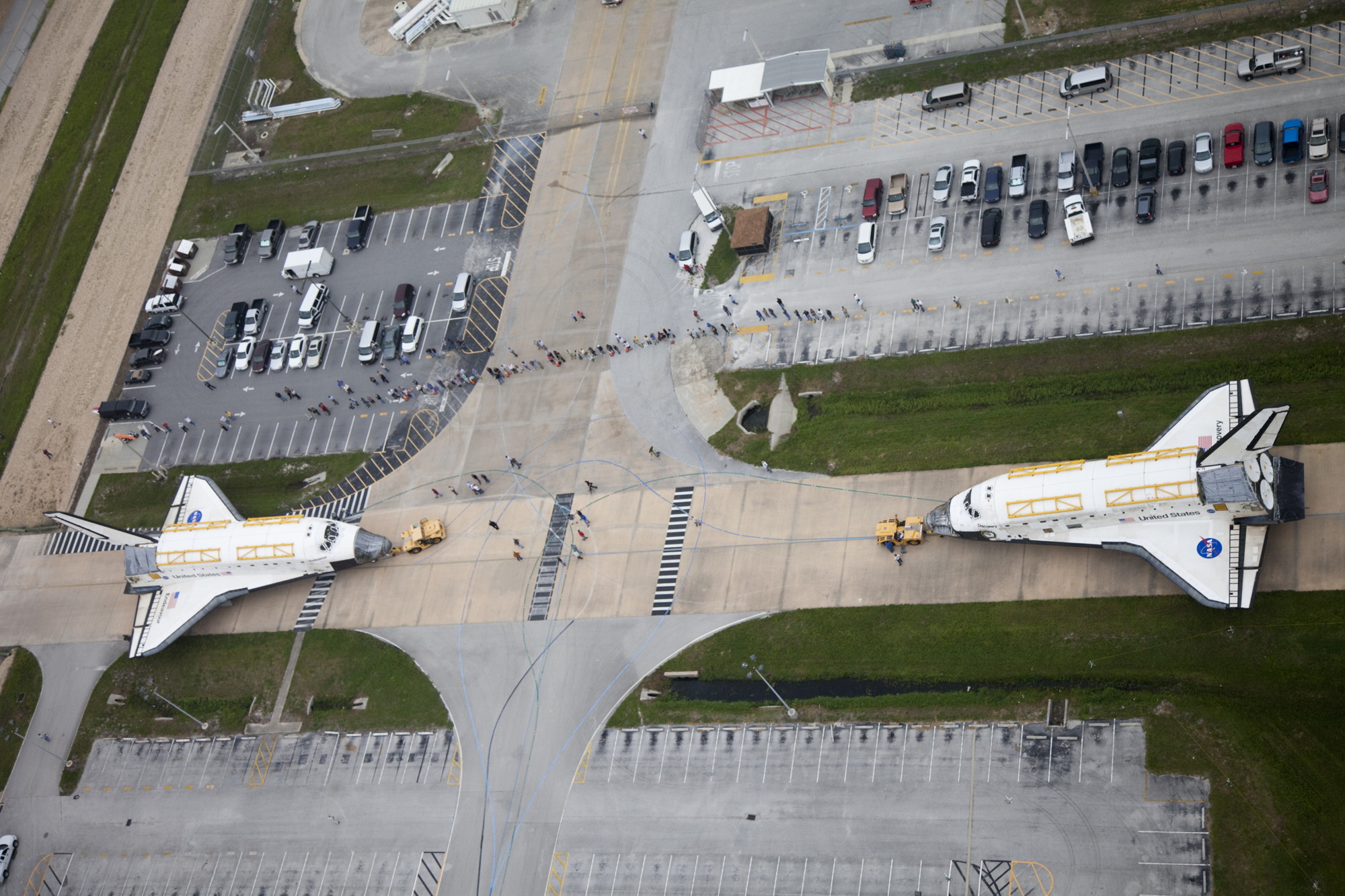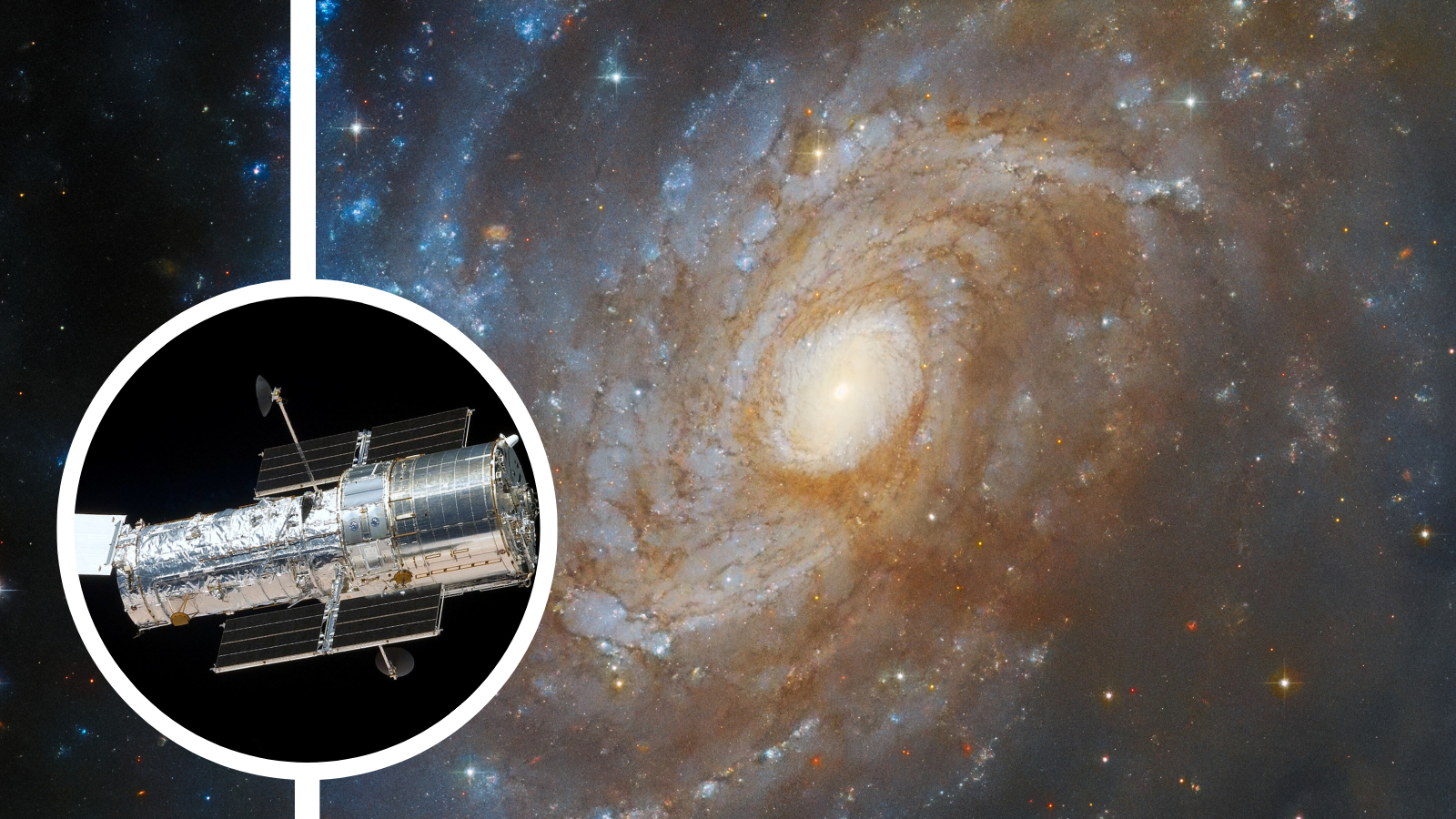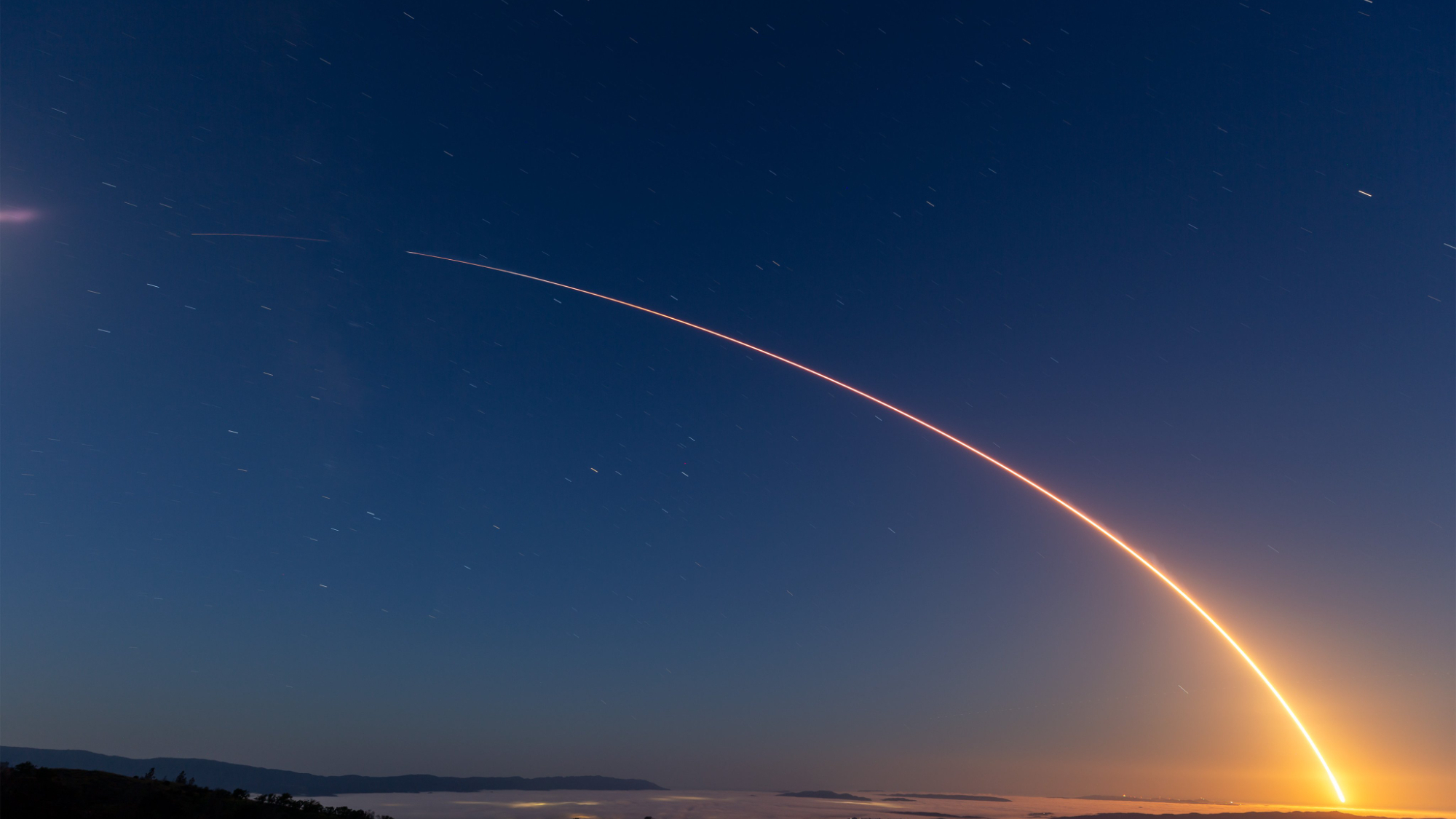Endeavour Unplugged: NASA Powers Down its Last Space Shuttle

NASA pulled the plug on its last powered space shuttle today (May 11), 20 years after it flew its first mission.
Space shuttle technicians working inside Orbiter Processing Facility-2 (OPF-2) at NASA's Kennedy Space Center in Florida powered down Endeavour, the youngest of the retired fleet's orbiters, at 9:58 a.m. EDT (1358 GMT) as they moved forward with preparations for the winged spacecraft's museum display.
This September, NASA will mount Endeavour on top of a modified Boeing 747 carrier aircraft and ferry it to Los Angeles for its exhibit at the California Science Center.
NASA's youngest shuttle
Built after the loss of the Challenger orbiter in 1986, the shuttle Endeavour was largely assembled from spare parts pre-fabricated during the development of its sister ships Discovery and Atlantis. Endeavour's first mission, STS-49, lifted off in May 1992.
NASA retired its shuttle fleet in July 2011, and the remaining orbiters are all headed to museums. While the agency is currently using Russian spacecraft to transport its astronauts to low-Earth orbit, U.S. commercial vehicles are planned to take over this taxi service by 2017. [NASA's Shuttle Program in Pictures]
"The whole thing shutting down is a shame," Dan Brandenstein, Endeavour's first commander, told collectSPACE.com just a few hours after he visited his former spaceship last Saturday (May 5). "It is good that they are saving them as museum artifacts, but you have three vehicles that are still good flying machines going on a post or in a display case."
Get the Space.com Newsletter
Breaking space news, the latest updates on rocket launches, skywatching events and more!
Endeavour was the last of NASA's retired shuttle fleet to go permanently dark. Discovery, which was delivered to the Smithsonian in April, was powered down for a final time on Dec. 16, 2011. Atlantis, which is destined for display just down the road from its processing facility at the Kennedy Space Center Visitor Complex, was shut down the following week on Dec. 22.
Endeavour flew its 25th and final mission, STS-134, a year ago this month. The 16-day mission to the International Space Station launched on May 16, 2011.

One last look
Since then, shuttle workers have removed from Endeavour hazardous materials and components that might be used for future spacecraft. This week, technicians removed fuel lines that led to Endeavour's engines for possible reuse with NASA's Space Launch System (SLS) heavy-lift rocket now under development.
Astronaut Kevin Chilton, who began his own astronaut career flying as the pilot of Endeavour's maiden mission, was also there this past weekend to see Endeavour "alive" one last time.
"There's an emotional attachment, almost human-like, to that hardware," Chilton told collectSPACE. "I remember after my first flight on Endeavour, and it was her first flight too, starting to walk toward the bus, stopping and turning around to look back at her, sitting there on the ramp."
"I said [to the shuttle], 'Thanks, thanks for bringing me home,'" Chilton recalled. "The hardware itself really takes on a life of its own to your life, particularly when it brings you home."
NASA recently invited collectSPACE.com aboard Endeavour for one last look at the space shuttle's flight deck fully lit before it was shut down on Friday.
Visit shuttles.collectspace.com for continuing coverage of the delivery and display of NASA's retired space shuttles.
Follow collectSPACE on Facebook and Twitter @collectSPACE and editor Robert Pearlman @robertpearlman. Copyright 2012 collectSPACE.com. All rights reserved.
Join our Space Forums to keep talking space on the latest missions, night sky and more! And if you have a news tip, correction or comment, let us know at: community@space.com.

Robert Pearlman is a space historian, journalist and the founder and editor of collectSPACE.com, a daily news publication and community devoted to space history with a particular focus on how and where space exploration intersects with pop culture. Pearlman is also a contributing writer for Space.com and co-author of "Space Stations: The Art, Science, and Reality of Working in Space” published by Smithsonian Books in 2018.In 2009, he was inducted into the U.S. Space Camp Hall of Fame in Huntsville, Alabama. In 2021, he was honored by the American Astronautical Society with the Ordway Award for Sustained Excellence in Spaceflight History. In 2023, the National Space Club Florida Committee recognized Pearlman with the Kolcum News and Communications Award for excellence in telling the space story along the Space Coast and throughout the world.










